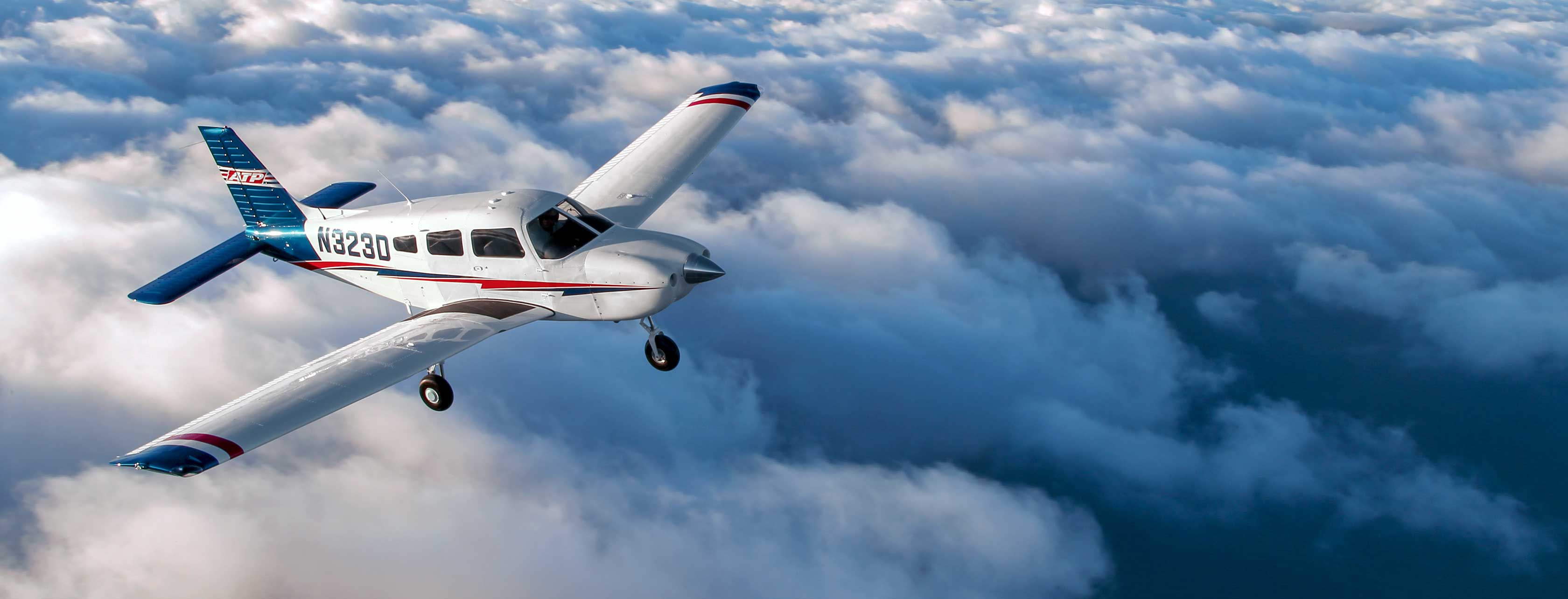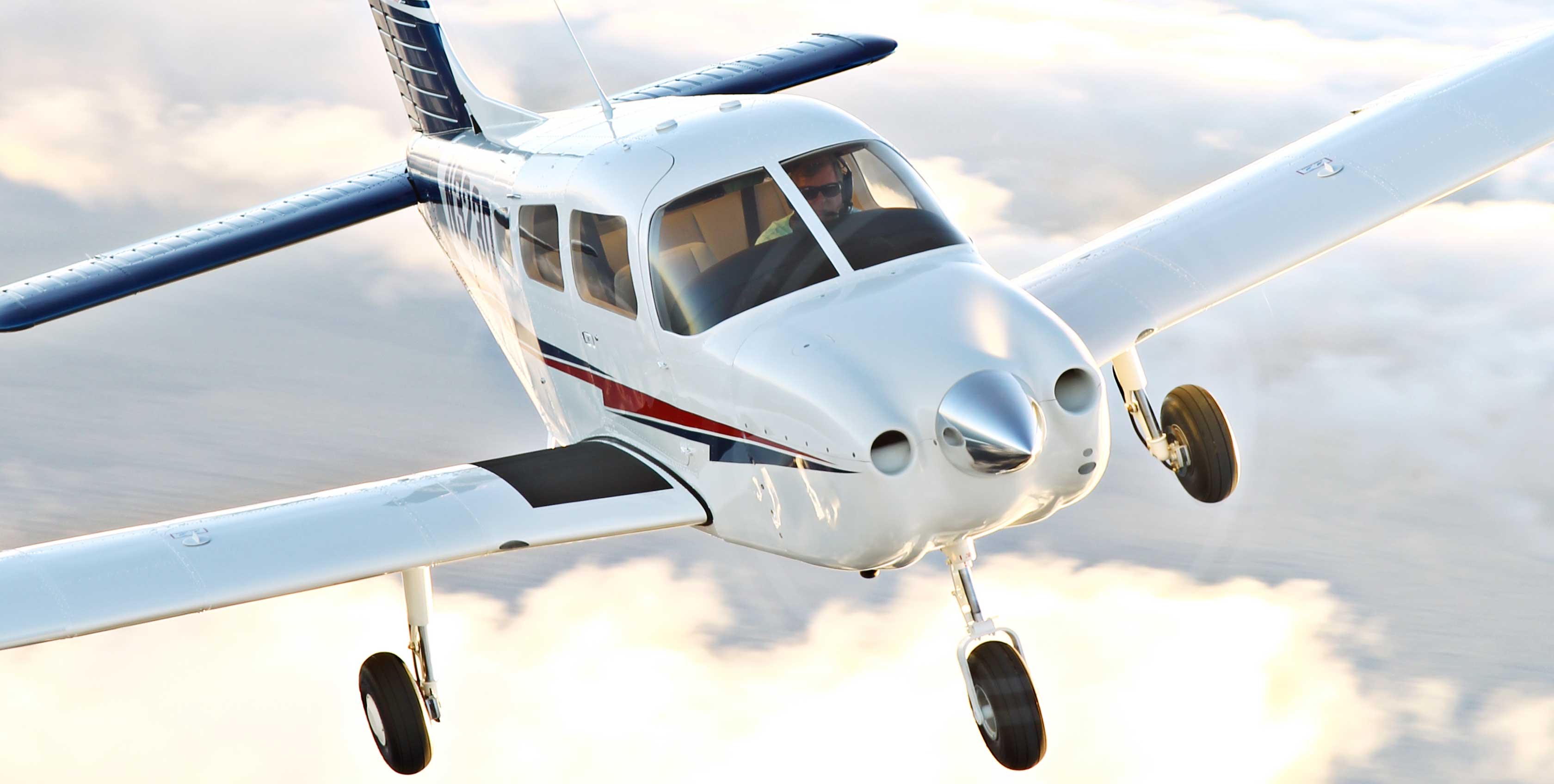5 Reasons to Launch a Pilot Career Now Even with a Slowing Domestic Economy, a Piloting Career Makes Sense Today
Sweeping economic changes from rising fuel costs and regulatory issues have had dramatic effects on the airline industry. The domestic pilot hiring boom has slowed down, and some carriers are reducing the number of pilots they employ. Still, the demand for pilots worldwide and in different sectors of aviation shows no signs of letting up. It’s a great time to become a pilot!
Kit Darby, president of AIR (Aviation Information Resources) Inc. and an industry expert, projects that the current pilot shortage will continue and flying will remain a viable career choice. “When you look at profit sharing, stock options, days off and quality of life, becoming a pilot is still a very worthwhile job,” he says.
The key to setting your sights on the right aviation goal is to look at the entire industry. In today’s market, narrowing your piloting career goals to just the airlines might be too limiting. Extended opportunities for professional pilots are available now. If you’ve dreamed about flying for a living, here are five reasons to go after that dream.
#1
WORLDWIDE DEMAND FOR PILOTS IS INCREASING AND SHOWS NO SIGNS OF SLOWING DOWN.
“The international demand is there for at least 10,000 captains a year, flying everything from business jets to 777s,” says Darby. “Places like China and India have thousands of planes parked because they have no pilots.” Though Darby says each deal is different, pilots who are willing to relocate for a foreign carrier can get substantial bonuses, housing, transportation allowances and salaries in the range of $10,000 permonth.
The Air Line Pilot’s Association, International (ALPA), is projecting an 18% growth per year in international airline travel, and the International Air Transport Association (IATA) predicts a 42,000 pilot shortage by 2020. Even the FAA says the number of air travelers could increase by as much as 1.2 billion by 2020.
#2
THE CORPORATE AVIATION MARKET IS ROBUST AND GROWING.
Corporate and charter operations are among the brightest spots in the domestic pilot market. Demand for this growing kind of air travel comes from schedule-conscious executives and amenity-driven clientele.
Corporate aviation includes Part 135, on-demand, charter and air taxi operations. This kind of aviation is attractive to pilots because of its flexible nature, the prospect of a stable home base, and an interesting variety of destinations and equipment. The pay and perks remain excellent.
#3
RIGHT NOW IS THE BEST TIME TO TRAIN.
The soft U.S. economy is creating an inviting environment for pilot training. FBOs across the country are running incentives to get people to learn to fly. In many cases, this means reduced rates for training.
Another benefit of the slowed economy is that you’re more likely to get one-on-one attention from your training facility, and scheduling ismuch less problematic. Additionally, it’s far better to train during the downturn (and be prepared when the inevitable hiring boom returns) than to scramble for training during the hiring boom.
#4
FRACTIONALS AND VERY LIGHT JETS (VLJS) NEED PILOTS.
Fractional ownership companies, such as Avantair, Bombardier Flexjet, CitationShares and Flight Options, are expanding as the need for different types of air travel grows. As businesses realize the benefits of fractional ownership, opportunities for pilots will expand.
Fractionals and VLJs represent some of the most interesting flying around. The aircraft are technically advanced and are in top condition. The clients and their destinations provide for diverse and challenging flying, and most pilots are home every night. The pay and benefits are among the best in the industry. SATSair, Linear Air and Pogo are some companies to watch.
#5
THE BEST TRAINING IS AVAILABLE RIGHT HERE
Hundreds of international air operations send their pilots to the United States to train to take advantage of the high-quality training available from the country’s top facilities. Many are the best in the world.



